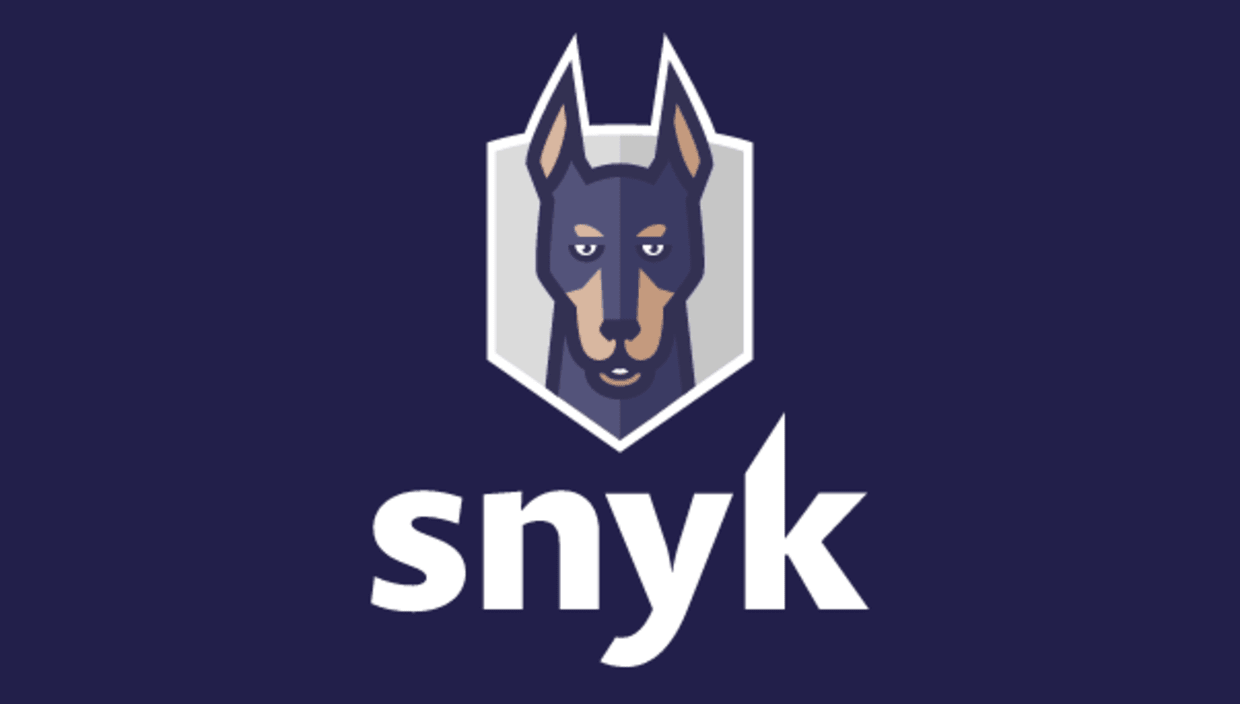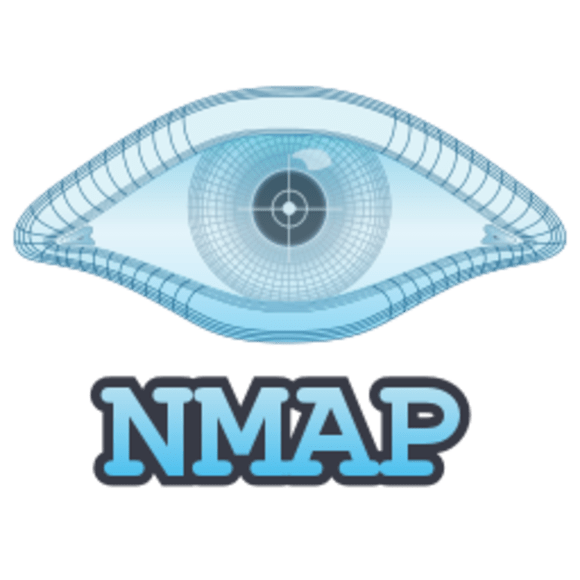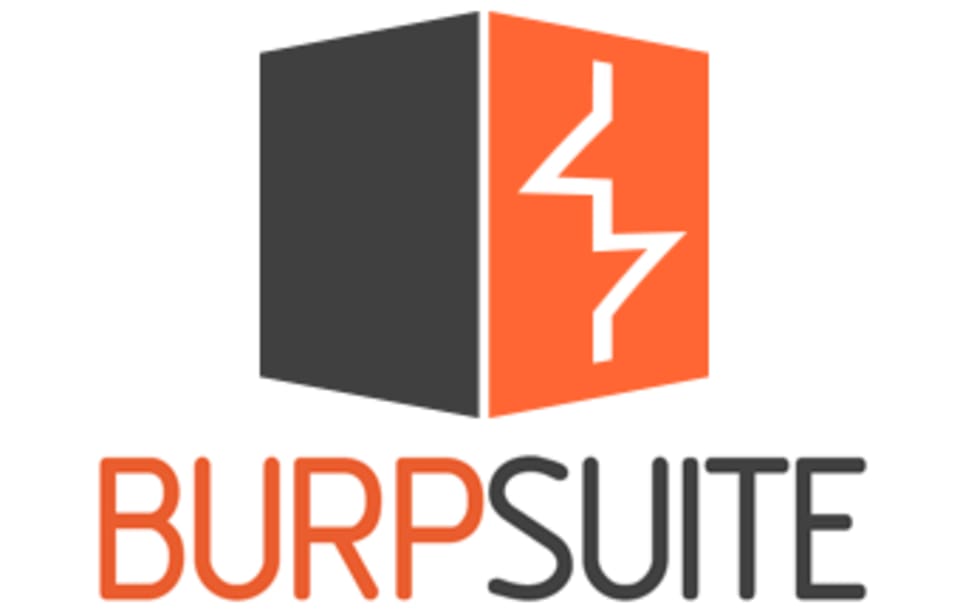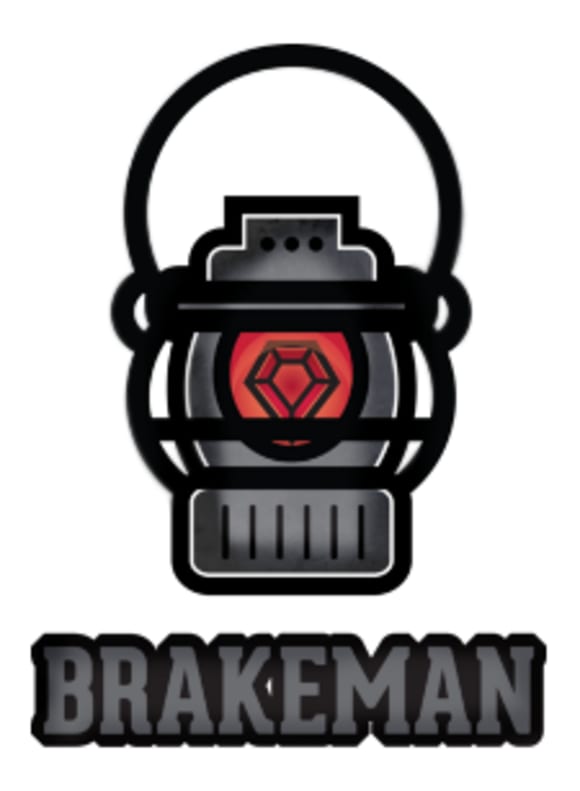Ethical Hacking: Top Tools
1. Juni 2023
0 Min. LesezeitEthical hacking is the act of using hacking techniques and tools for legitimate purposes, such as testing the security of computer systems and networks, identifying vulnerabilities, and helping organizations improve their cybersecurity defenses. As such, ethical hackers need to have a good understanding of various hacking tools and techniques.
We’ll discuss the top 10 tools in ethical hacking lists and describe the most popular and effective tools used by ethical hackers for testing and securing computer systems and networks. These tools can include network scanners, vulnerability scanners, password-cracking tools, forensic tools, and more.
We’ll briefly describe each tool's features, how it can be used for ethical hacking, and any notable advantages or disadvantages.
Here is the list of the top 10 tools in application security for open source:
Snyk
OWASP Dependency-Check
Nmap
Metasploit
Burp Suite
Brakeman
Kali Linux
Bandit
John The Ripper
Dependency-Track
An ethical hacking tools story
To understand these ethical hacking tools, we will go through a story of a security analyst who uses them. Sam was a security analyst at a large financial services company. They were responsible for testing the organization's application security and identifying any vulnerabilities hackers could exploit. As part of their job, Sam regularly used ethical hacking tools to scan the company's applications and systems for vulnerabilities.
One day, Sam received an urgent request from the company's CISO. The organization had recently launched a new online banking platform. The CISO received a report from a third-party researcher indicating a significant vulnerability in the application that hackers could exploit to steal sensitive customer data. Sam quickly sprang into action, pulling out all the ethical hacking tools. They used a web application scanner to scan the online banking platform for vulnerabilities, and within minutes, the scanner identified several vulnerabilities that attackers could exploit.
Next, Sam used a network scanner to identify any open ports or services that could be used to gain access to the application. They discovered that one of the servers hosting the online banking platform had an outdated version of SSH running, which attackers could exploit to gain remote access. Sam then used an exploitation tool to demonstrate the impact of the vulnerabilities they had identified. Finally, they accessed sensitive customer data and demonstrated how attackers could use the vulnerability to steal customer information.
Thanks to Sam's expertise in using ethical hacking tools, the organization was able to quickly remediate the vulnerabilities and prevent any data breaches or cyber incidents. The incident served as a wake-up call for the organization, and they realized the importance of regular application security testing using ethical hacking tools.
Sam's skills and expertise in using ethical hacking tools were instrumental in identifying and remediating the vulnerabilities in the online banking platform. Their work exemplifies how ethical hacking tools can improve application security and protect organizations from cyber threats.
Identify and fix security vulnerabilities
Ethical Hacking 101 Workshop
Join our workshop on February 8 to learn how you can use ethical hacking to proactively identify security weaknesses in your systems before they can be exploited.
Types of ethical hacking tools
Ethical hackers need a variety of tool types to achieve their goals, including:
Vulnerability scanners: These tools automate the process of scanning for vulnerabilities in your system or network. Examples include Snyk Code and Brakeman.
Penetration testing frameworks: These comprehensive frameworks give you guidance and methodology for penetration testing. PTES, NIST SP 800-115, and OSSTMM are some commonly used frameworks
Exploitation frameworks: These toolkits are like treasure chests filled with exploits for different systems and applications. Try frameworks such as Metasploit, Cobalt Strike, or Canvas.
Network mapping and reconnaissance tools: If you're curious to explore and map a network and its devices, these tools are your go-to. Nmap, Netcat, and Wireshark are popular examples.
Password cracking tools: Need to crack some passwords or test their strength? Try out John the Ripper, Hashcat, and Hydra.
Web application testing tools: Finding and exploiting vulnerabilities in web apps is your thing? Burp Suite, OWASP ZAP, and Nikto are your trusty sidekicks on that mission.
Social engineering toolkits: Ready to play mind games? These toolkits simulate social engineering attacks like phishing or spear phishing. The Social Engineering Toolkit (SET) is a popular one among the hacking community.
Top 10 ethical hacking tools

Snyk
Snyk is a developer-first security platform that provides continuous monitoring and remediation for vulnerabilities in code, containers, open-source dependencies, and cloud infrastructure. It can integrate with various development workflows and tools such as GitHub, Jenkins, and AWS CodePipeline. Snyk's technology is designed to identify vulnerabilities in a your project, monitor them over time, and provide remediation advice to developers. It supports multiple programming languages including JavaScript, Python, Ruby, and Java.

OWASP Dependency-Check
OWASP Dependency-Check is a tool that identifies and reports known vulnerabilities in project dependencies. It scans project dependencies for known vulnerabilities in standard software libraries and frameworks. It supports multiple programming languages and package managers, including Java, .NET, Ruby, Node.js, and Python. The tool integrates with build automation tools such as Maven, Gradle, and Ant.

Nmap
Nmap is a powerful port scanner and network exploration tool. It can discover hosts and services on a network and identify vulnerabilities and security issues. It supports various scanning techniques, including ping scanning, TCP and UDP port scanning, and OS detection. Nmap also provides advanced features such as version detection, scriptable interactions with target systems, and the ability to scan for specific vulnerabilities.

Metasploit
Metasploit is a penetration testing framework with many exploits and payloads. It can be used to simulate attacks and test the security of systems and applications. It includes a database of known vulnerabilities and exploits, as well as the ability to create custom exploits. Metasploit can also automate testing and reporting, making it a popular tool for security professionals.

Burp Suite
Burp Suite is a web application security testing tool with many features, including interception and modification of HTTP requests. It can test for common web vulnerabilities like cross-site scripting, SQL injection, and file inclusion. Burp Suite includes a proxy server that can intercept and modify HTTP requests and responses and a web crawler to discover new pages and inputs on a target website.

Brakeman
Brakeman is a security scanner specifically designed for Ruby on Rails applications. It can identify common vulnerabilities, such as SQL injection, cross-site scripting, and CSRF attacks. Brakeman uses static analysis to analyze the source code of a Ruby on Rails application and generate a report of potential vulnerabilities. It also includes a plugin system for extending its functionality.

Kali Linux
Kali Linux is a popular Linux-based operating system designed specifically for penetration testing and ethical hacking. It is a powerful tool for ethical hackers, cybersecurity professionals, and researchers, providing a wide range of tools and features to help identify and exploit vulnerabilities in networks and systems.

Bandit
Bandit is a security scanner specifically designed for Python applications. It can identify common vulnerabilities such as SQL injection, cross-site scripting, and command injection. Bandit uses static analysis to analyze the source code of a Python application and generate a report of potential vulnerabilities. It also includes a plugin system for extending its functionality.

John the Ripper
John the Ripper is a password cracking tool used to test the strength of passwords. It can be used to crack passwords for a variety of operating systems, including Windows, Unix, and macOS. The tool uses a variety of techniques, including dictionary attacks and brute-force attacks, to crack passwords.

Dependency-Track
Dependency-Track is a platform for managing and tracking an application’s dependencies and vulnerabilities. It can monitor the security of open-source and third-party software components used in an application. Dependency-Track can scan code repositories and generate reports of known vulnerabilities in software packages and libraries. It can also be integrated with popular development workflows and tools.
Get started with ethical hacking tools
Ethical hacking tools play a crucial role in identifying and remediating vulnerabilities in application security. The different types of ethical hacking tools, such as vulnerability scanners, web application scanners, network scanners, exploitation tools, password crackers, and social engineering tools, can help security professionals identify weaknesses in their applications, networks, and systems. While these tools have advantages and limitations, they can significantly improve an organization's security posture when used correctly. Using ethical hacking tools responsibly and ethically is essential for improving application security.
As the threat landscape evolves, staying up-to-date with the latest ethical hacking tools and incorporating them into your application security testing processes is crucial. With the right ethical hacking tools and techniques, you can identify and remediate vulnerabilities before they can be exploited by malicious actors, ultimately keeping your organization secure.
To get started, consider researching the different types of ethical hacking tools available and evaluating which would be most effective for your organization's specific needs. Look for reputable sources and consult other security professionals for recommendations and insights. Once you have identified the right ethical hacking tools for your organization, it's essential to use them responsibly and ethically. Develop a robust testing methodology and ensure all testing is conducted within a controlled and safe environment.
Incorporating ethical hacking tools into your application security testing processes may require additional resources and training, but the benefits are worth the investment. By taking a proactive approach to application security testing, you can better protect your organization's sensitive data and systems from cyber threats.
Identify and fix security vulnerabilities
Ethical Hacking 101 Workshop
Join our workshop on February 8 to learn how you can use ethical hacking to proactively identify security weaknesses in your systems before they can be exploited.
